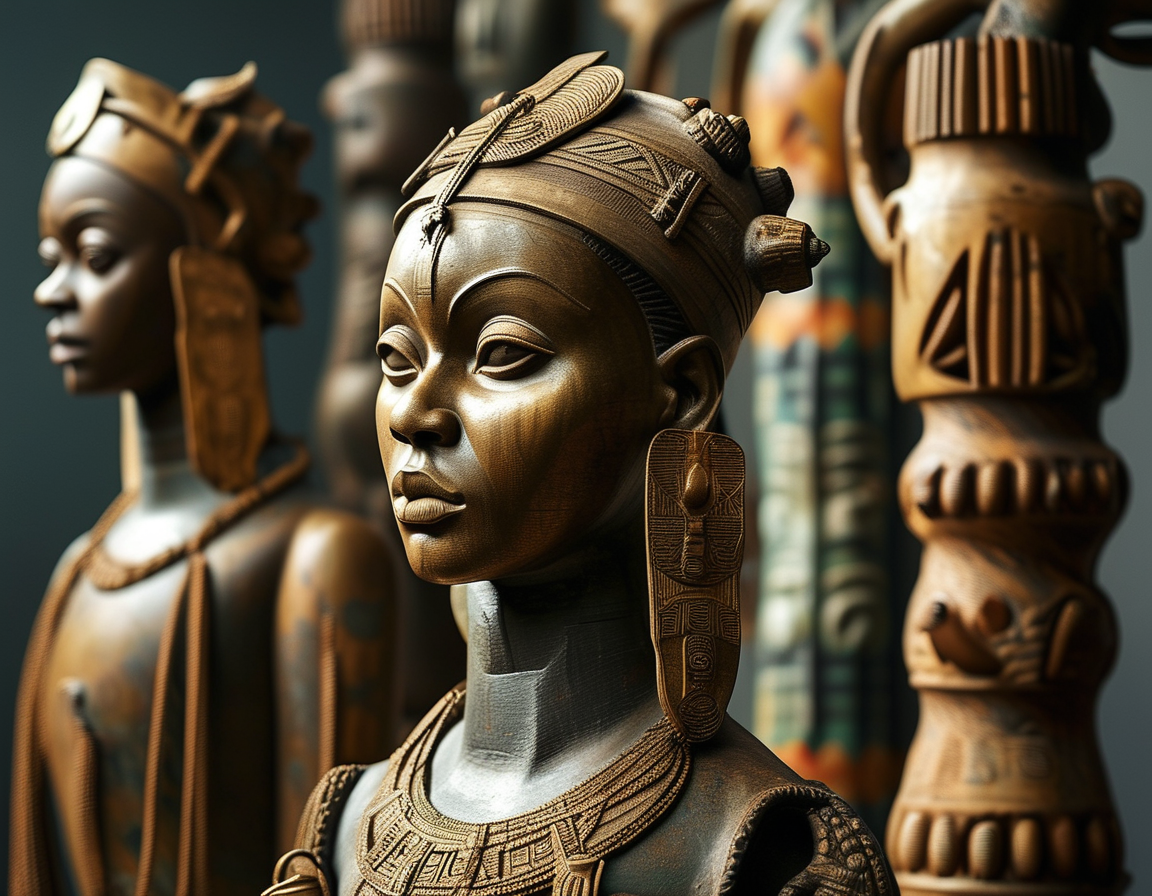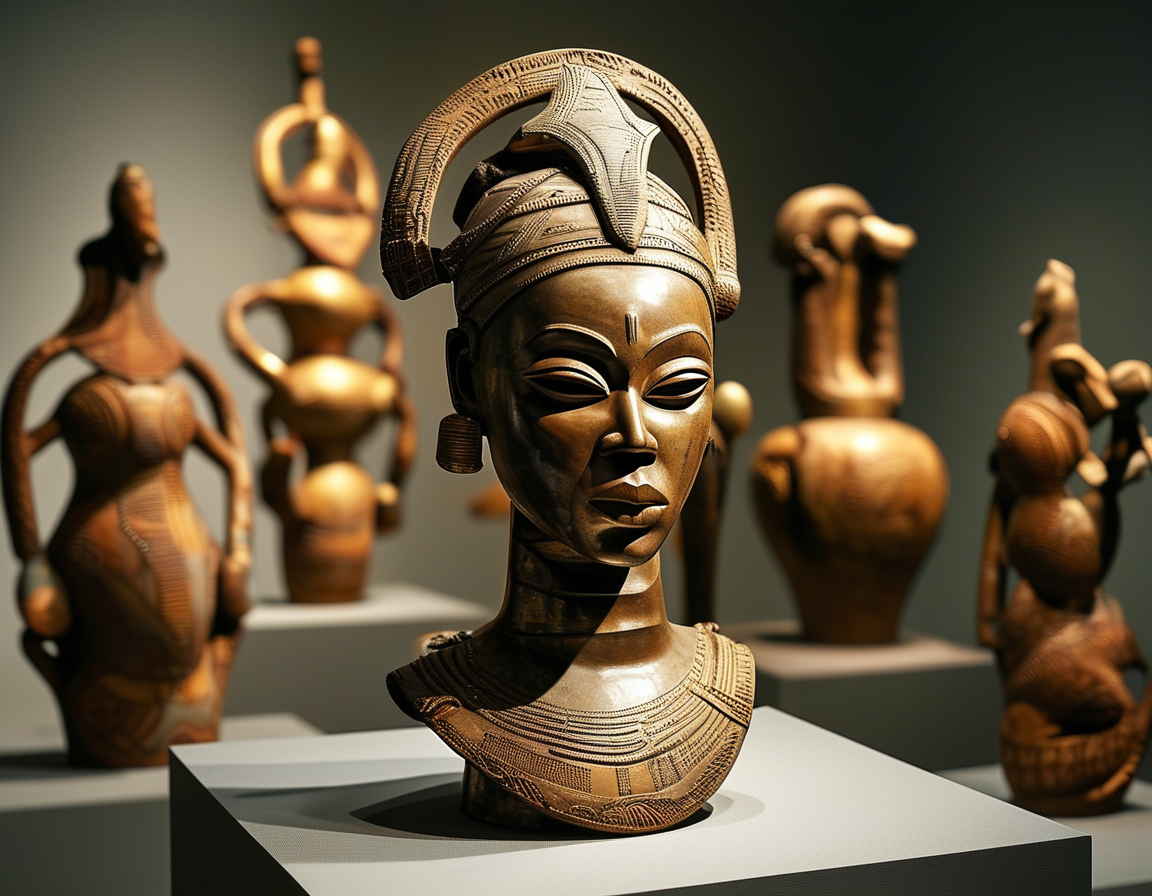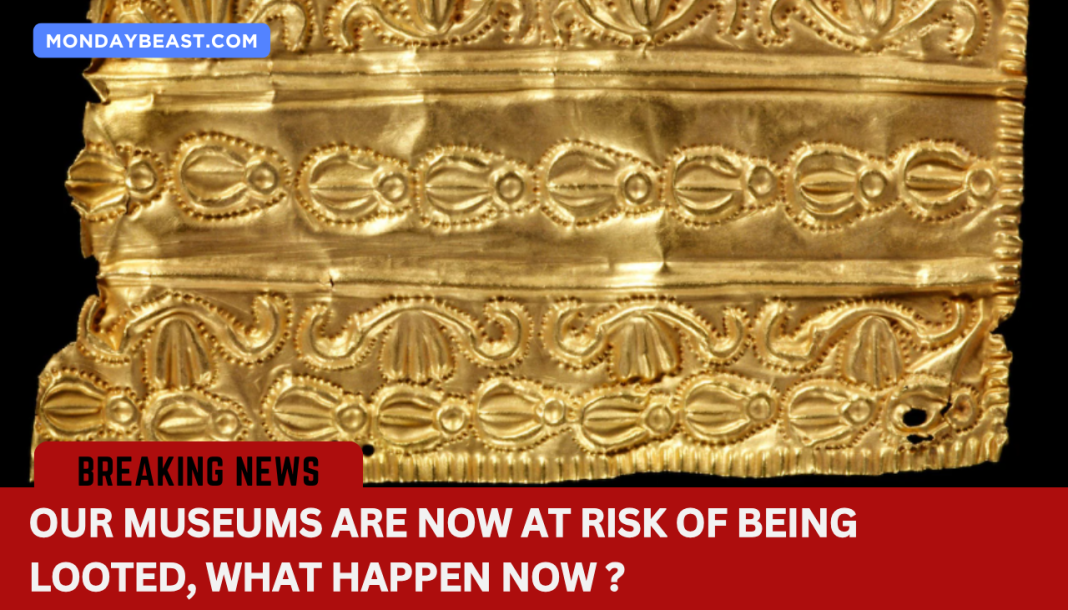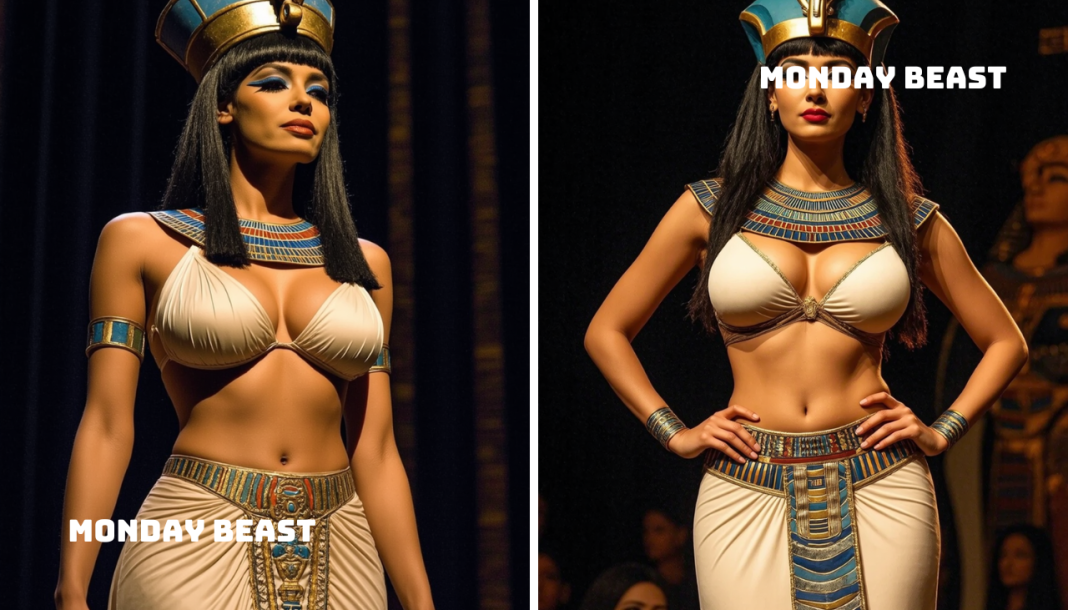The Call to Return Artifacts
In recent years, calls to return cultural artifacts have grown loud and clear. Each demand echoes a longing for the past. It raises questions about ownership. Who truly owns history? Museums across Europe are feeling the pressure. Some institutions have started to lend items. Yet, many wonder if this will result in actual returns.
A notable example is the recent agreement by the Victoria and Albert Museum. They decided to lend 32 gold objects to the Asantehene, or the king of the Asante. These items are deeply significant, originating from a raid in 1874. But is this a true loan? Could these treasures ever come back? Many people fear they might never return to their rightful place.
Who Wins in This Debate?

The situation poses a complicated question. On one side, there are the museums. They argue their collections represent cultural heritage. On the other, there are countries requesting their artifacts back, insisting these objects belong to their history.
Take the Benin bronzes, for instance. These items were taken by British forces in 1897. Since then, they have adorned various museums. Yet, the question lingers: where do they belong? Should they stay in Western institutions or return to Nigeria?
Both the Asante and Benin kingdoms engaged in slavery. In some parts, this history complicates the conversation. They thrived on trade, including human lives. Why do we scrutinize Western institutions but overlook this dark aspect of these regions? The debate becomes murky, with emotions running high.
Museums in a Bind

Many museums are bound by strict laws regarding their collections. Legislation often prevents them from simply handing back items. Yet, they are navigating creative loopholes. The recent agreements around lending artifacts show this new approach. But is it ethical? Can these laws truly satisfy the historical grievances?
Institutions like the British Museum are cautious. They fear upsetting the delicate balance. At the same time, they want to stay relevant and respond to modern sensibilities. Governments face similar pressures to acknowledge these claims.
Cultural Responsibility
The increasing trend of returning artifacts highlights a shared responsibility. Institutions must recognize their roles in preserving culture. They also need to engage with the communities represented in their collections. More dialogue is crucial. How do we achieve balance?

It’s not just about artifacts. It’s about building trust. Many museums have already started working with countries of origin. This could pave the way for better understanding.
The Future of Cultural Artifacts
As the conversation evolves, so too does the relationship between museums and heritage. The future remains uncertain. We must ask ourselves: how do we honor history? Can we balance respect for all nations involved? Artifacts tell stories, but whose stories are they?
There is no easy answer. This complex web of ownership, history, and respect challenges us to think critically. It invites us to consider the real meaning of cultural artifacts in our global landscape. Are we ready for a reconciliation of cultures? Only time—and thoughtful dialogue—will tell.




